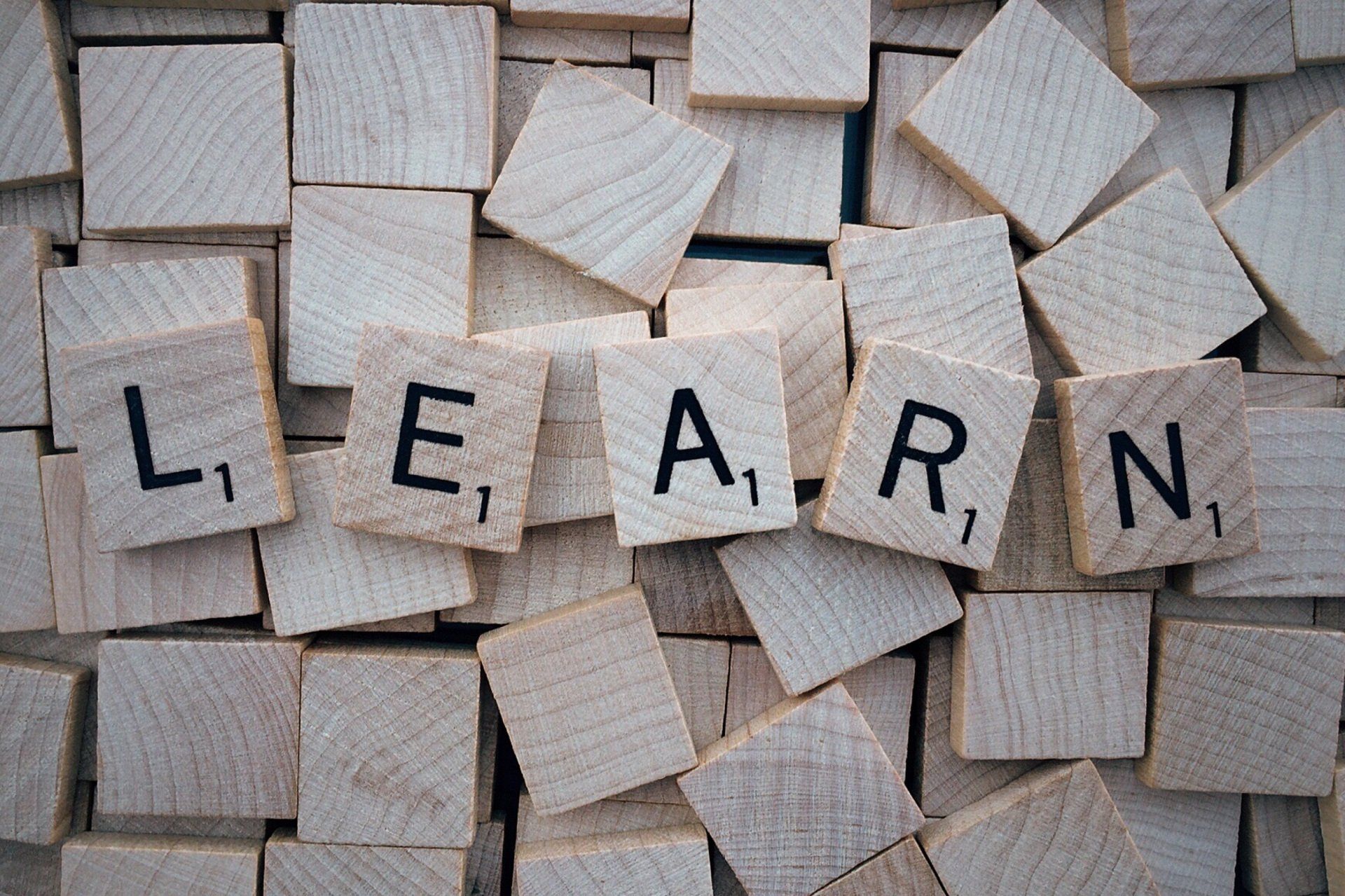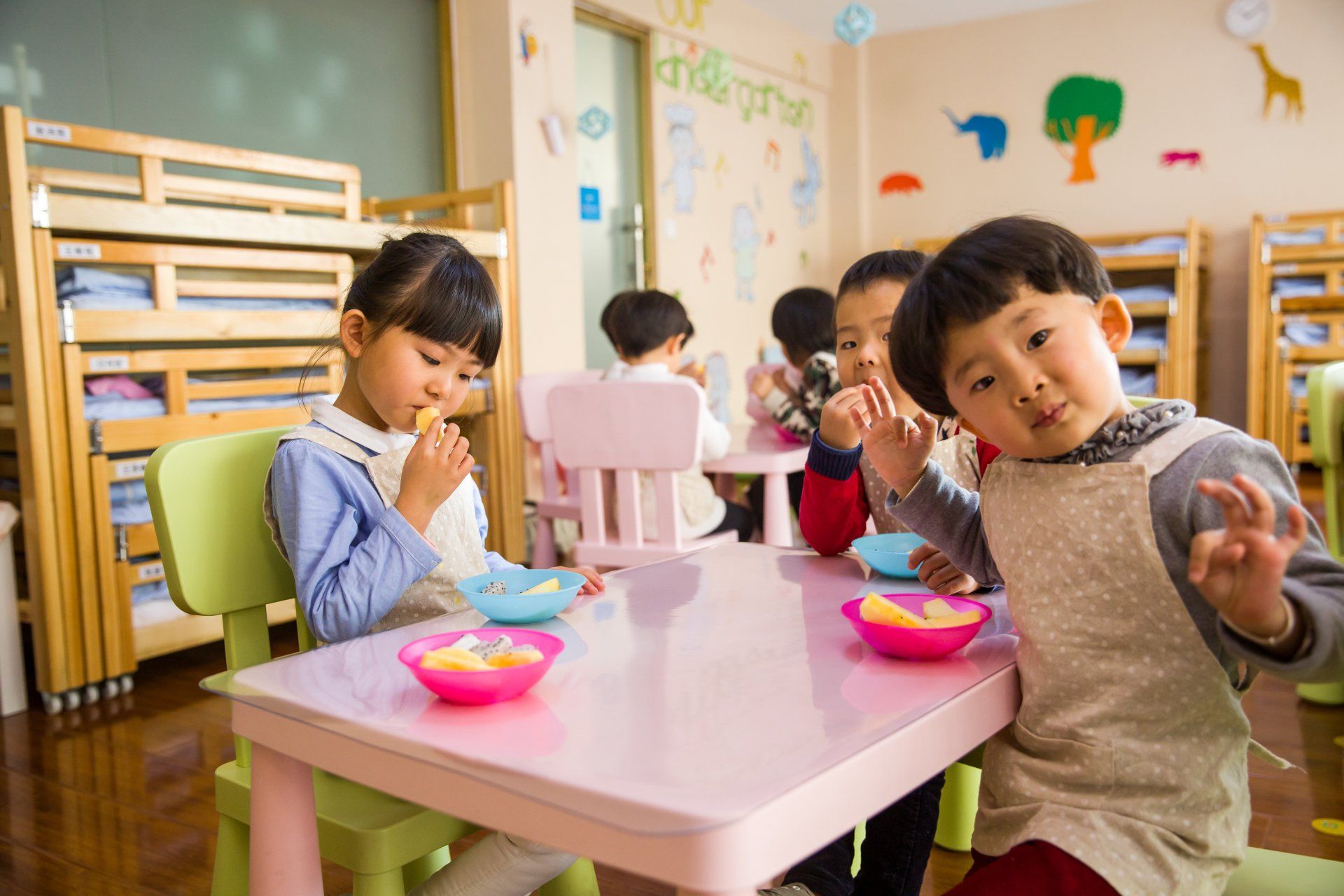Therapy Targets
Limitless Speech Pathology supports all children.
With or without a diagnosis!
- Autism Spectrum Disorder (ASD)
- Attention Deficit and Hyperactivity Disorder (ADHD)
- Pathological Demand Avoidance (PDA)
- Global Developmental Delay (GDD)
- Chromosomal Deletions
- Challenging Behaviours
- Any other diagnosis
- Children without a diagnosis, who just need some help
Common Communication Conditions
If your child is experiencing difficulty communicating, you may need the expertise of a Speech Pathologist. The following are just some of the conditions that we at Limitless Speech Pathology help children with.
Speech Sounds

Speech Sound Delay
Speech sound delay is a term used to explain when a child says the incorrect sound in a word. Common examples are 'Wabbit' for Rabbit or 'Lellow' for Yellow.
Speech sound errors can also be called Phonological Delay or Phonological Processes.
While errors are a common part of speech sound development, if you are worried that your child is making errors different to their peers, please contact us.
Childhood Apraxia of Speech
Childhood Apraxia of Speech is a Motor Speech and Motor Planning difficulty which results in children making several speech sound errors and not being understood.
Lisp
There are three different types of lisps:
- Dental
- Interdental
- Lateral
Dental and interdental lisps are when the tongue pushes up against or is in between the teeth, making 's' and 'z' sound like a 'th'. e.g. 'Sam' sounds like 'tham'.
These type of lisps are a natural part of speech sound development and should go away by 4 years old. If it hasn't naturally gone away, intervention and therapy is recommended.
Lateral lisps are where air escapes out of the sides of the tongue and make the 's' and 'z' sounds sound wet and slushy. This sound error is not likely to resolve without intervention and therapy is recommended.
Language Delay

Expressive Language
Expressive language is the way a child uses words and sentences.
Difficulties include:
- Not using enough words in a sentence for their age
- Not including specific words ie. using 'this and 'that'
- Using incorrect grammatical structure. ie. "the mouses falled down".
Receptive Language
Receptive language is a child's understanding of words and sentences.
Difficulties include:
- Following instructions
- Understanding 'wh' questions
- Comprehending stories and events
Late Talker
A child may be a late talker if they seem to be understanding words in the same way as their peers, however they may not be using the same number of words as their peers.
Typical language development is:
- At 18month:
- Saying 6-20 words (some easier to understand than others)
- copying lots of words and sounds
- At 2 years:
- Saying 50 words
- starting to combine 2 words together. e.g. "go car"
- starting to say "no", "me/mine"
- At 3 years:
- Saying 4-5 words in a sentence
- Using a variety of words including names, actions, descriptive and asking 'wh' questions
Social Skills
Social skills is how we use language when interacting with other people.
Some children with social skills difficulties might:
- Interrupt during conversations
- Have difficulty taking turns when talking
- Find it hard to make and keep friends
- Follow unwritten 'rules' of games or interactions
Alternate Communication

Augmentative and Alternate Communication (AAC)
AAC is typically broken down into three categories:
- No Tech - Sign and Gesture
- Low Tech - paper based, PODD, PECS
- High Tech - Speech generating devices
AUSLAN / Key Word Sign
Auslan is the official Australian sign language. Based on Auslan, Key Word Sign uses Auslan signs however, only for specific words. For children who may have difficulty verbally talking or is using gestures, Key Word Sign may be a way of assisting your child communicate.
PODD
PODD is Pragmatically Organised Dynamic Display. This book style communication system is used to support children to understand language, use gestures to non-verbally communicate or to support their verbal communication.
PECS
PECS is a Picture Exchange Communication System. This is used to teach functional communication. Research has shown that some learners using PECS also develop speech. Others may transition to a speech generating device (SGD).
Proloquo2Go
Proloquo2Go is an app downloaded onto an iPad, which acts as an electronic Speech Generating Device (SGD). It is a symbol-based AAC app that provides voice-output, to support a child's communication.
Fluency

Stuttering
Stuttering can be repeating:
- sounds (c-c-can)
- syllables (da-da-daddy)
- words (and-and-and)
- phrases (I want-I want-I want)
Stuttering can include prolongations which is when a sound is stretched out (caaaaan I go).
Stuttering can also contain speech blocks. This is when a person tries to speak but no sound comes out. It may look like the person cant breathe or is holding their breath.
Some people who stutter also have secondary behaviours. These are body movements such as face scrunching, eye blinking, body ricking, foot stomping or arm movements that occur when they are stuttering.

